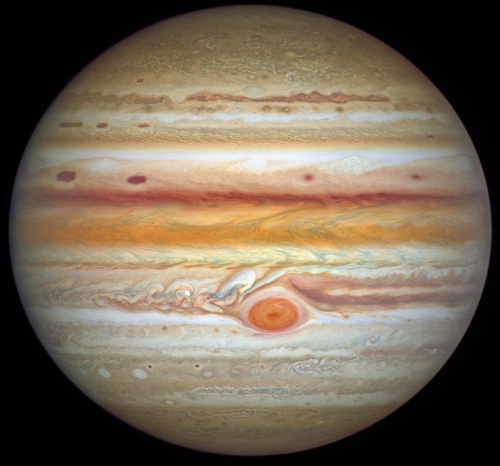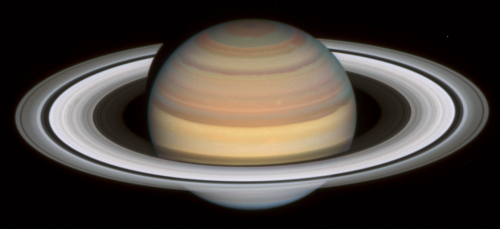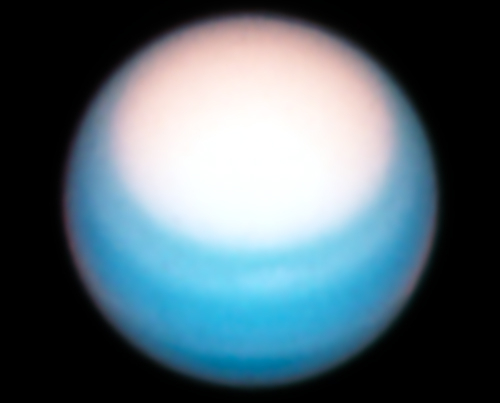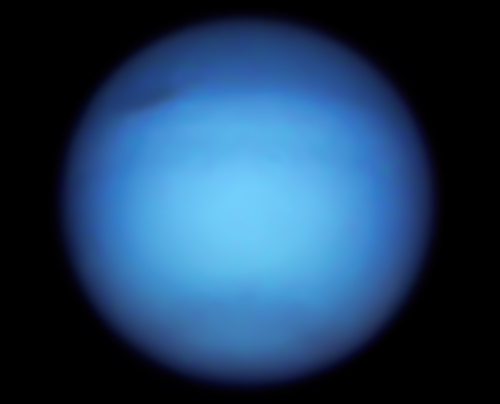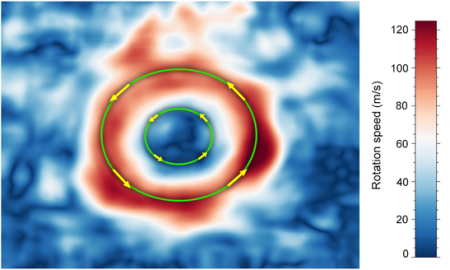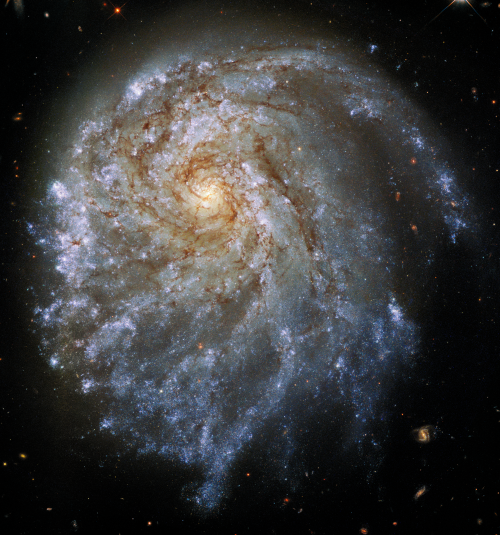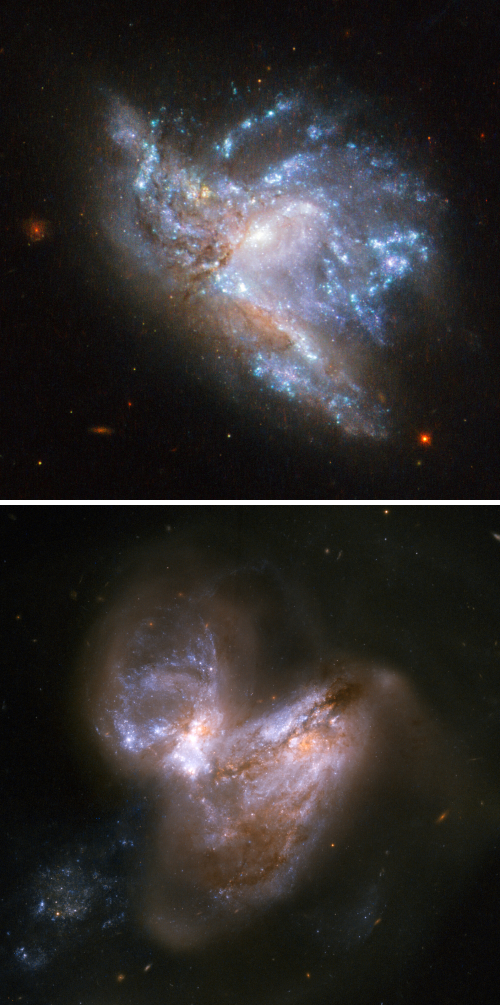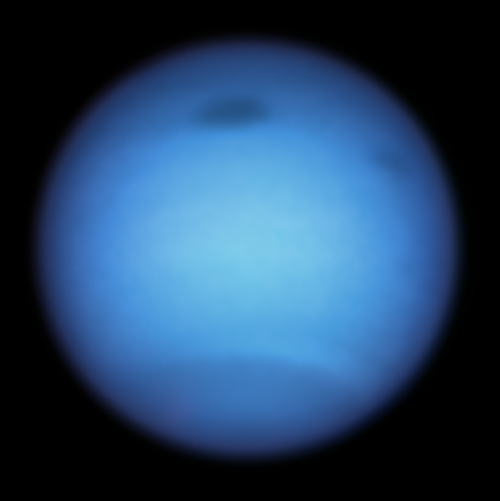Second camera on Hubble returned to science operations
Engineers working to reactivate the instruments on the Hubble Space Telescope have successfully brought a second camera out of safe mode.
NASA continues bringing the Hubble Space Telescope back to normal science operations, most recently recovering the Wide Field Camera 3 instrument Sunday, Nov. 21. This camera will be the second of Hubble’s instruments, after the Advanced Camera for Surveys, to resume science after suspending the spacecraft’s observations Oct. 25. The Wide Field Camera 3’s first science observation since the anomaly will be Nov. 23.
The team chose to restore the most heavily used Hubble instrument, the Wide Field Camera 3, which represents more than a third of the spacecraft’s observing time. Engineers also began preparing changes to the instrument parameters, while testing the changes on ground simulators. These changes would allow the instruments to handle several missed synchronization messages while continuing to operate normally if they occur in the future. These changes will first be applied to another instrument, the Cosmic Origins Spectrograph, to further protect its sensitive far-ultraviolet detector. It will take the team several weeks to complete the testing and upload the changes to the spacecraft.
The telescope’s other instruments remain in safe mode as the engineers continue to investigate the problem that caused the shut down on October 25th.
Engineers working to reactivate the instruments on the Hubble Space Telescope have successfully brought a second camera out of safe mode.
NASA continues bringing the Hubble Space Telescope back to normal science operations, most recently recovering the Wide Field Camera 3 instrument Sunday, Nov. 21. This camera will be the second of Hubble’s instruments, after the Advanced Camera for Surveys, to resume science after suspending the spacecraft’s observations Oct. 25. The Wide Field Camera 3’s first science observation since the anomaly will be Nov. 23.
The team chose to restore the most heavily used Hubble instrument, the Wide Field Camera 3, which represents more than a third of the spacecraft’s observing time. Engineers also began preparing changes to the instrument parameters, while testing the changes on ground simulators. These changes would allow the instruments to handle several missed synchronization messages while continuing to operate normally if they occur in the future. These changes will first be applied to another instrument, the Cosmic Origins Spectrograph, to further protect its sensitive far-ultraviolet detector. It will take the team several weeks to complete the testing and upload the changes to the spacecraft.
The telescope’s other instruments remain in safe mode as the engineers continue to investigate the problem that caused the shut down on October 25th.

